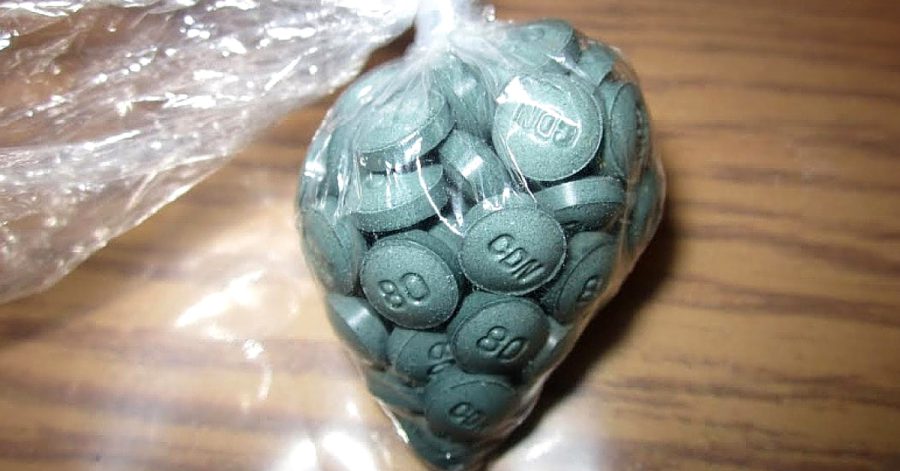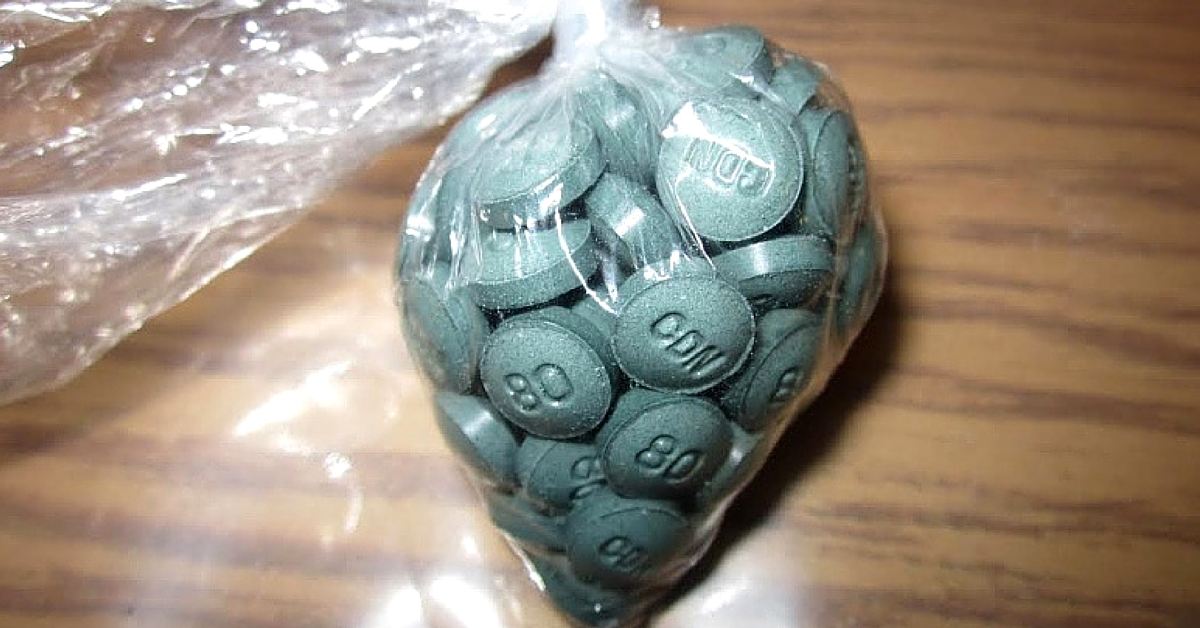ARTICLES
W-18 in Alberta

Over 30 years ago, W-18 was discovered in Edmonton as a product of medical research by a group of University of Alberta researchers. It has slowly but surely become one of the most, if not the most, toxic drugs to have hit the streets in Alberta. Its clinical use is unknown and is considered to be 100 times more toxic than fentanyl, making it 10,000 times more toxic than morphine.

It Started With Fentanyl
The researchers who discovered W-18 were seeking to formulate a non-addictive painkiller. None of these were ever picked up by pharmaceutical companies. In the time between then and now, the W-compounds remained untouched until someone in China discovered their formulae in old medical journals. Brian Escamilla, forensic chemist, reported on the subject, saying that that secretive labs overseas take advantage of the lacking regulations around W-18 as well as other “designer drugs.”
“These labs in China, they’ve been trying to find legal substitutes for drugs like MDMA, amphetamines, and cocaine. They just now started to venture into the opiate drugs. They started with fentanyl, and now they’ve found something more potent than fentanyl.”
Hospitals on Alert
The potency of W-18 is so great that even the smallest trace could have fatal effects, says Brian Escamilla. “When you look at fentanyl itself, your average dose is 125 micrograms, which is equivalent to the size of two grains of salt.” One problem with creating drugs in unregulated labs, among other things, is that the final resulting drugs will have “hot spots” which are areas of higher concentration in tablets.
As a preemptive measure, Alberta hospitals are on alert for signs of W-18 overdoses. Brian Escamilla stated that there is no evidence that this drug has become widespread, however, since the drugs are in such residual concentrations, it is difficult to pick these up in a field test or toxicology. Pro-activity is key to getting to the root of this crisis.
Source:







